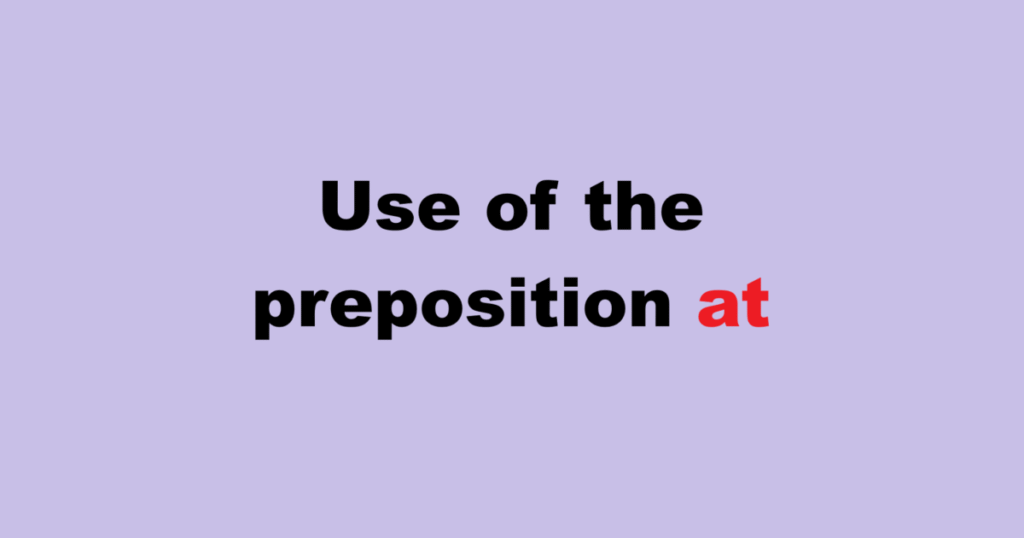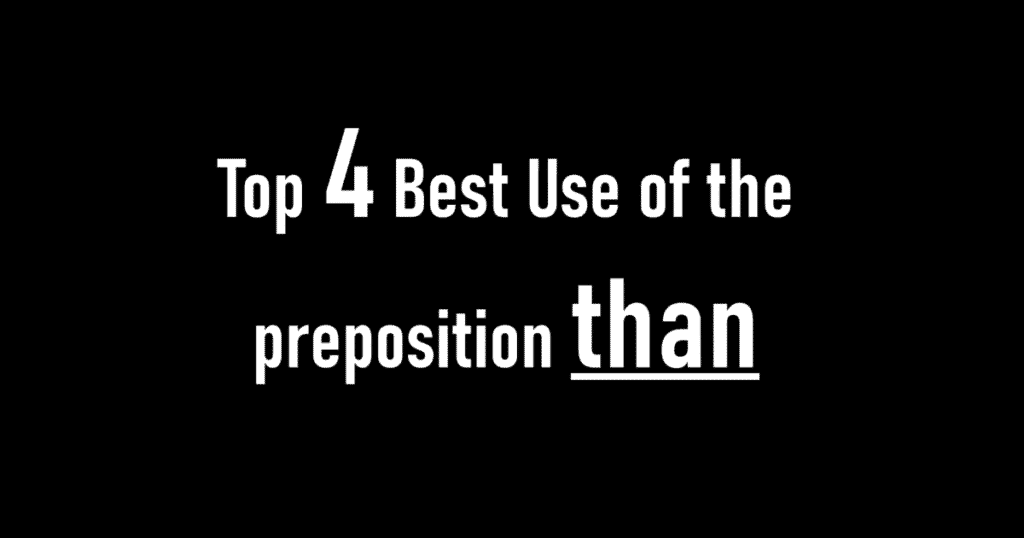Use of the preposition behind. The preposition “behind” might seem like a simple word, denoting a location in relation to something else. But beneath its seemingly straightforward definition lies a surprising level of complexity and nuanced usage. Mastering “behind” is essential for crafting clear, precise, and sophisticated English sentences. This comprehensive guide will delve into the various facets of this versatile preposition, exploring its different meanings, common applications, potential pitfalls, and providing numerous examples to solidify your understanding.
Use of the preposition behind
1. The Core Meaning: Spatial Relationships
At its heart, “behind” describes a position that is at the rear or to the far side of something. This is the most common and easily understood application.
- Physically Located: This is where “behind” truly shines. It indicates a physical position relative to a reference point.
- Example: “The cat is hiding behind the sofa.” (The cat’s position is at the rear of the sofa, obscured from view.)
- Example: “The library is behind the post office.” (The library’s location is physically behind the post office.)
- Example: “I parked the car behind the building.” (The car’s position relative to the building is at its rear.)
- Movement and Following: “Behind” can also denote movement that lags or follows a lead position.
- Example: “The little brother trailed behind his older siblings.” (The little brother moved, but was lagging in position relative to his siblings.)
- Example: “The police car was right behind us.” (The police car was moving, following our vehicle closely.)
2. Beyond the Physical: Abstract Uses of “Behind”
“Behind” is not limited to describing physical locations. Its figurative usage expands its utility significantly, adding depth and complexity to communication.
- Cause or Reason: “Behind” can indicate the underlying cause or reason for something. Often used with verbs like “lie” or “be.”
- Example: “The real reason behind his resignation remains a mystery.” (The underlying cause of his resignation is unknown.)
- Example: “There’s a complex history behind this decision.” (A complicated series of events led to this choice.)
- Example: “What’s behind all the secrecy?” (What is the reason for all the hidden activity?)
- Support or Encouragement: In this context, “behind” suggests endorsement, backing, or support for a person, idea, or action.
- Example: “The whole team is behind you on this project.” (The entire team supports you in your endeavors.)
- Example: “The government is behind the new initiative.” (The government supports and is promoting the initiative.)
- Example: “I’m fully behind the proposal.” (I wholeheartedly support the idea.)
- Progress and Development: “Behind” can describe being in a state of being less advanced or developed than a standard or expectation. This often relates to schedules, timelines, or educational progress.
- Example: “We are behind schedule on the project.” (The project is progressing more slowly than planned.)
- Example: “The student is behind in reading.” (The student’s reading ability is less developed than expected for their grade level.)
- Example: “The country is falling behind in technological advancements.” (The country’s technological progress is slower compared to others.)
- Hiding or Concealing: Similar to the physical sense, “behind” can suggest something is hidden or concealed, but not necessarily physically.
- Example: “He was hiding behind a façade of confidence.” (He was concealing his true feelings with a show of confidence.)
- Example: “The company was behind in paying its taxes.” (The company was secretly failing to pay its taxes on time.)
3. Common Phrases and Idioms Using “Behind”
Many idioms and common phrases incorporate “behind,” enriching the language and adding subtle nuances to communication. Understanding these phrases is crucial for fluency and comprehension.
- Behind bars: In prison.
- Example: “The criminal spent many years behind bars.”
- Behind closed doors: In private, secretly.
- Example: “The negotiations took place behind closed doors.”
- Behind the scenes: Privately, not publicly.
- Example: “A lot of hard work goes on behind the scenes to make this event successful.”
- Behind the times: Old-fashioned, not up-to-date.
- Example: “His business practices are a bit behind the times.”
- Behind someone’s back: Without someone’s knowledge or permission, often in a negative way.
- Example: “She talked about me behind my back.”
- Get behind (something/someone): Support or endorse.
- Example: “We need to get behind the new manager and give him a chance.”
- Leave behind: Abandon or forget.
- Example: “Don’t leave your belongings behind.”
- Put something behind you: Forget about something unpleasant and move on.
- Example: “She tried to put the past behind her.”
4. Potential Pitfalls and Common Mistakes
While “behind” is generally straightforward, some common mistakes can arise, especially when dealing with abstract or idiomatic uses.
- Confusing “Behind” with “After”: While both can indicate a sequence in time or order, “behind” emphasizes position relative to something already existing, while “after” simply indicates a subsequent event.
- Incorrect: “The police arrived behind the accident.” (This suggests the police were physically behind the accident.)
- Correct: “The police arrived after the accident.” (This indicates the police arrived subsequently.)
- Awkward Phrasing with Abstract Concepts: Be mindful of how you use “behind” with abstract nouns. Sometimes, a different preposition might be more appropriate for clarity.
- Awkward: “There’s a lot of stress behind the success.”
- Better: “There’s a lot of stress involved in the success,” or “The success is built on a lot of stress.”
- Overusing “Behind” for Cause and Reason: While acceptable, overuse can make your writing sound repetitive. Consider alternatives like “because of,” “due to,” “as a result of,” or “the reason for.”
- Repetitive: “The accident happened behind the rain. The delays were behind the accident. The cancellations were behind the delays.”
- Improved: “The accident happened because of the rain. The delays resulted from the accident. The cancellations were a consequence of the delays.”
- Literal Interpretation of Idioms: Remember that idioms often have figurative meanings. Avoid interpreting them literally.
- Incorrect: “He was literally behind bars, picking up trash.” (The implication is that he’s incarcerated, not just standing behind some bars.)
5. Tips for Effective Usage
- Consider the Context: The specific meaning of “behind” depends heavily on the context. Pay attention to the surrounding words and the overall message you’re trying to convey.
- Visualize the Relationship: When using “behind” to describe spatial relationships, try to visualize the scene. This can help you choose the most accurate preposition.
- Vary Your Language: Avoid relying solely on “behind” for every instance of expressing reason or support. Explore synonyms and alternative phrasing to add variety and nuance to your writing.
- Proofread Carefully: Double-check your sentences to ensure that you’ve used “behind” correctly and that your meaning is clear.
Conclusion:
The preposition “behind,” despite its seemingly simple definition, offers a rich tapestry of meanings and applications. By understanding its core functions, exploring its abstract uses, familiarizing yourself with common idioms, and avoiding potential pitfalls, you can harness the full power of this versatile word and elevate your communication skills. So, use “behind” with confidence, knowing you possess a comprehensive understanding of its intricacies.
Use of the preposition behind
- Use of the preposition above
- Use of the preposition about
- What is Religion
- News in Hindi
- Human vs AI
- Very Important Word Lists
Use of the preposition behind | Use of the preposition behind | Use of the preposition behind


